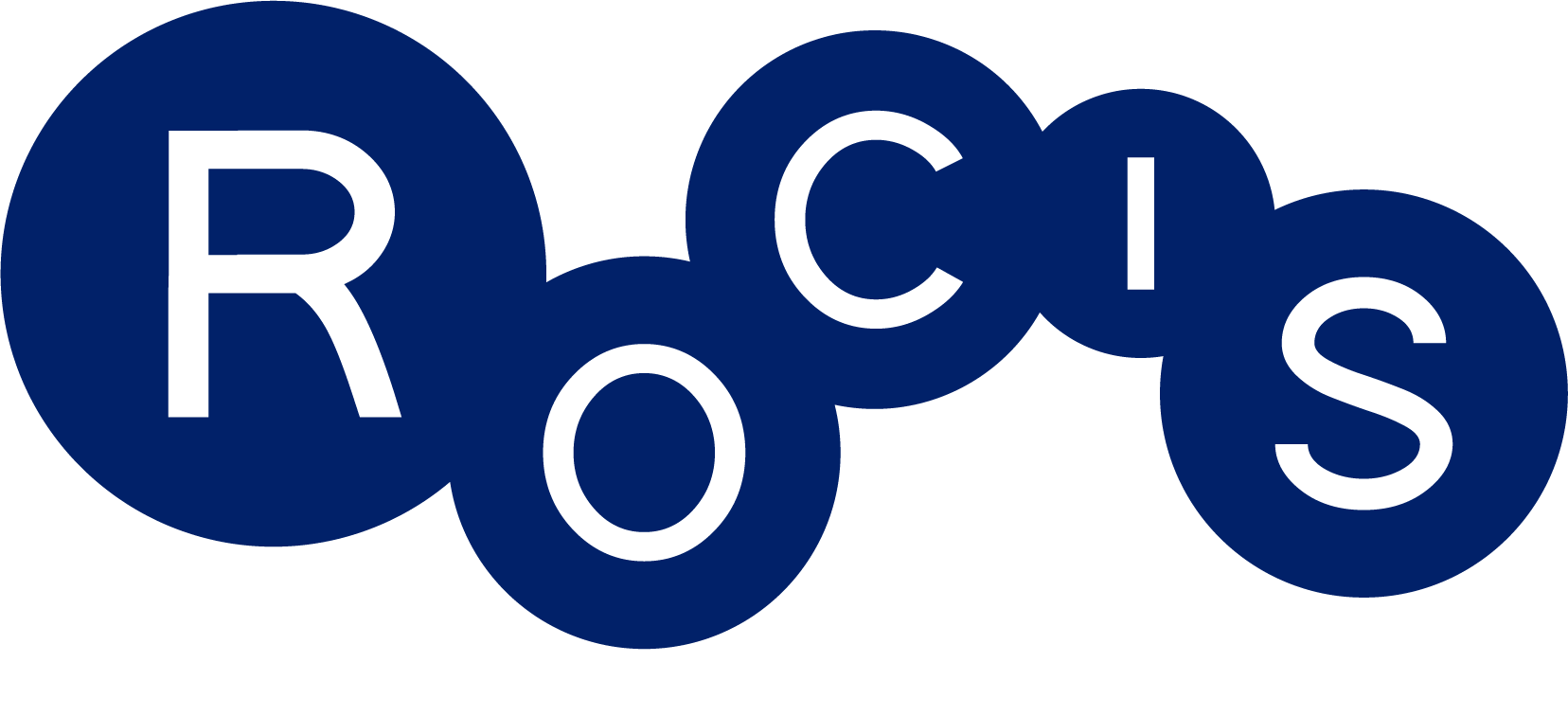How safe and healthy is your indoor air when cooking at home?
Whether you cook for pleasure, for the health benefits, for the cost savings, or just as a matter of course, you probably make food in your kitchen on a regular basis. Not only does cooking release odors and moisture into your home, it also pumps the air full of particles.

In fact, in-home monitoring data from the ROCIS Low Cost Monitoring Project has confirmed that cooking activities appear to be the dominant indoor sources of particle generation in many Pittsburgh houses. The more you cook, the more particles are created—whether you’re cooking on gas or electric. Breathing these pollutants can significantly increase the risk of both short-term and long-term health effects.But that doesn’t mean you need to stop cooking at home! This webinar with Tom Phillips will teach you how to effectively reduce exposure to cooking pollutants and odors. Join us for an overview of the ROCIS best practice guide for kitchen range hoods and low emission cooking.
OBJECTIVES FOR PARTICIPANTS:
- Be aware of health, moisture, noise, odor, and climate action issues associated with home cooking and kitchen ventilation.
- Understand the basics of how to select, install, test, and operate a ducted range hood in order to achieve effective, quiet kitchen ventilation. Know where to find more and updated information.
- Learn how to reduce cooking emissions and toxin formation by employing healthy, low-emission cooking practices and appliance selection.
Presented by Tom Phillips as a ROCIS webinar on 12/15/20 (recording) and updated for the EEBA High Performance Home Summit on 9/15/21 (slides)
Tom Phillips has spent 40 years working at the intersections of research, education, and policy addressing environmental health, pollution, and buildings. He has worked on landmark Indoor environmental quality research projects, and produced IEQ guidelines for California. He has served as technical advisor to national, state, and local agencies, NGOs, and private firms on IEQ issues, climate change adaptation and resilience, and green building programs. Tom helped develop seminal programs for healthy, sustainable buildings. His current work focuses on climate ready and resilient buildings and communities, IEQ in low energy buildings, and reducing outdoor pollutant intrusion. Tom’s current mantras: show me the data, and don’t forget human behavior factors.

